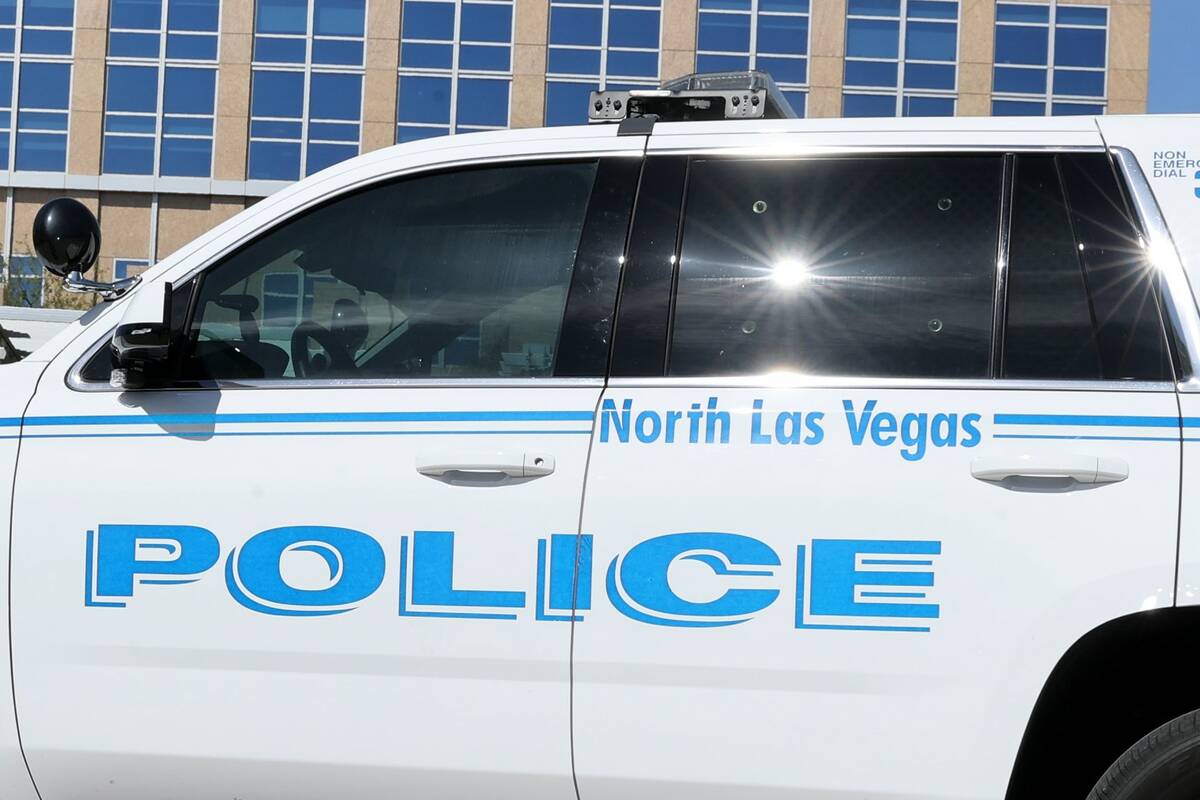Elon Musk’s Boring Company began shipping passengers this week through the twin tunnels it is building under the Las Vegas Convention Center (LVCC). This was part of a test to prepare the system for its full debut in June.
Videos, pictures, and accounts shared on the Internet by those who turned up for the test provide the most coherent look to Musk’s solution for traversing the LVCC campus yet. It’s literally just Tesla being driven through two 0.8-mile tunnels – a far cry from the autonomous sled-shuttle ideas Musk once proposed for The Boring Company.
The “LVCC Loop” system consists of three stops. The stations at either end are above ground, while the center station is at the same depth of 30 feet as the tunnels. The Boring Company used a few dozen Tesla vehicles – including Model 3 sedans and Model Y and X SUVs – during the test. While the company has been talking about getting drivers to call for cars through an app, the test all they had to do was walk to the next available car. Test drivers then stepped in, went to one of the other two stations, and repeated. It appears that most of the drivers had between seven and eight to a dozen trips during the test.
Hauling from one end of the LVCC campus isn’t a quick task on foot, especially after the Las Vegas Convention and Visitors Authority (LVCVA) recently added a whole new wing. Taxi lines and waiting times are also known to be long. Any solution that makes the site easier to navigate is likely to appeal to convention attendees, even if the equipment cost LVCVA $ 52.5 million ($ 48.6 million of which went to The Boring Company).
The full public debut is in just a few weeks
The Boring Company says the loop will ultimately turn a 45-minute walk into a two-minute drive, though that’s not yet due to that efficiency (hence the test). In a video, one of the test drivers said he had to wait about three to five minutes for some of the rides, although even at a top speed of about 40 mph, the rides between stations would have taken about a minute and a half.
One of the things that added to this overall travel time was the subway station. There were times when test drivers drove into the station only to encounter an overload. Drivers have to maneuver around other parked Teslas, people get on and off and cars queue to re-enter the tunnels. It’s a tight fit.
There was also just some general confusion as people got used to how the system worked. Passengers were constantly reminded to leave the doors open when exiting the vehicle in order to speed up the transition to the next trip. A person was bumped in the head by one of the Model X Falcon Wing doors.
The big question in The Boring Company’s Las Vegas effort is almost the same as it always is with Musk’s ideas: how does it scale? The company eventually plans to move 4,400 people per hour through the LVCC loop tunnels, despite TechCrunch discovering documents late last year that appear to show it can only move 1,200. Beyond the LVCC loop, The Boring Company plans to build a massive system of tunnels that will run under the entire city, including the Las Vegas Strip and the airport. It is claimed that this massively enlarged version of the subway can carry just over 50,000 passengers per hour.
The Boring Company has claimed that it plans to allow a top speed of 150 mph in these tunnels, but has limited speeds during testing so far. And while the ultimate goal is to let the Teslas drive itself, the system will rely on human drivers for the foreseeable future.
Reaching that top speed is one of the most important things The Boring Company says differentiates the “Tesla in Tunnels” idea from a subway system. (Another reason is the cost, which the company touted in its recent Miami proposal.) It’s likely only achievable if the company can automate the driving, as the tunnels are too narrow for a human driver to do – Continuous (and careful) Navigating at such high speeds – another thing that can be seen from the videos of the test.













